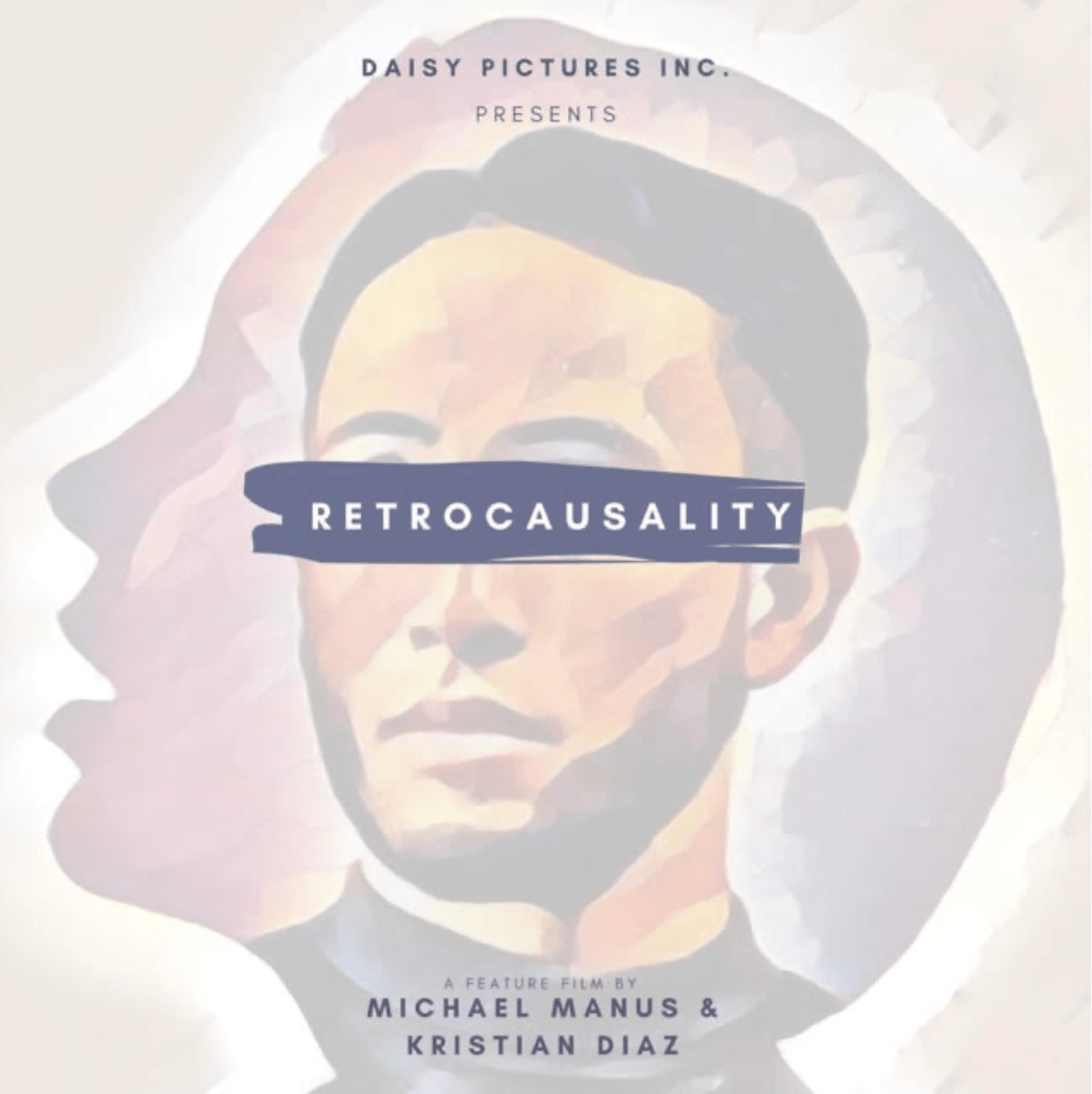By Jason Tayer
“Retrocausality” captivates the attention of any viewer right in the beginning. The narrator first explains and compares the definitions of causality and retrocausality and hints that the film will address a plot based on effects preceding causes. Since the film was released right before the mass global spread of COVID-19, this timing paves way for a powerful and unique message. The use of silence and heavy narration in the beginning portion of the film allows for mystery about the characters and what the story will actually be about. Also, this tactic makes room for the viewer to pick up on the characters’ non-verbal cues, in order to get to know them in a distinctive, unconventional manner.
Throughout the whole film, there are significant jumps in time, which both add to the general notion of retrocausality and a distorted notion of time itself, as well as the development of Scott’s character and how he may not be so different as an adult versus a child. In a sense, the control of the story is given to the narrator, where he directs the film’s positioning of time and the various causes and effects the characters experience. Adding to this particular narration style, the relatively calm, yet melancholy repetition of instrumental music throughout the film supports the tranquil, perplexing mood of the story itself.
The directors’ choice to go in and out of audio from the dialogue between Scott and Max further symbolizes the missing pieces in their heads with regards to personal connection and psychological stability. As the story progresses, it also stands still while Max and Scott’s interactions fluctuate from reality to fiction. However, the story of his Mom’s illness does progress.
Finally, the film leaves the audience with overall messages that each individual carries their own strengths and weaknesses in every point in his or her life and that one action can lead to a series of life events, but it’s not always that simple.






